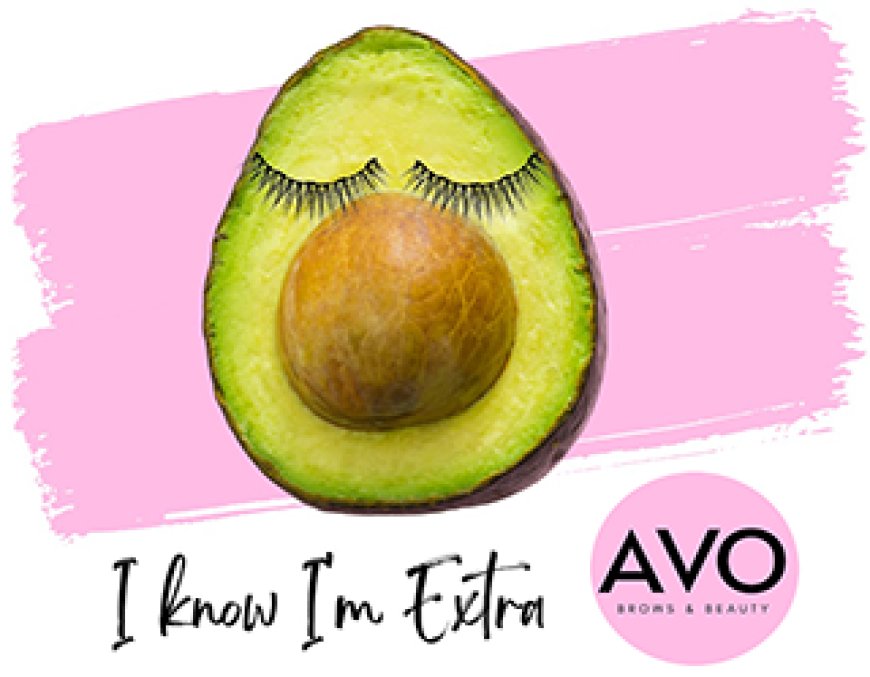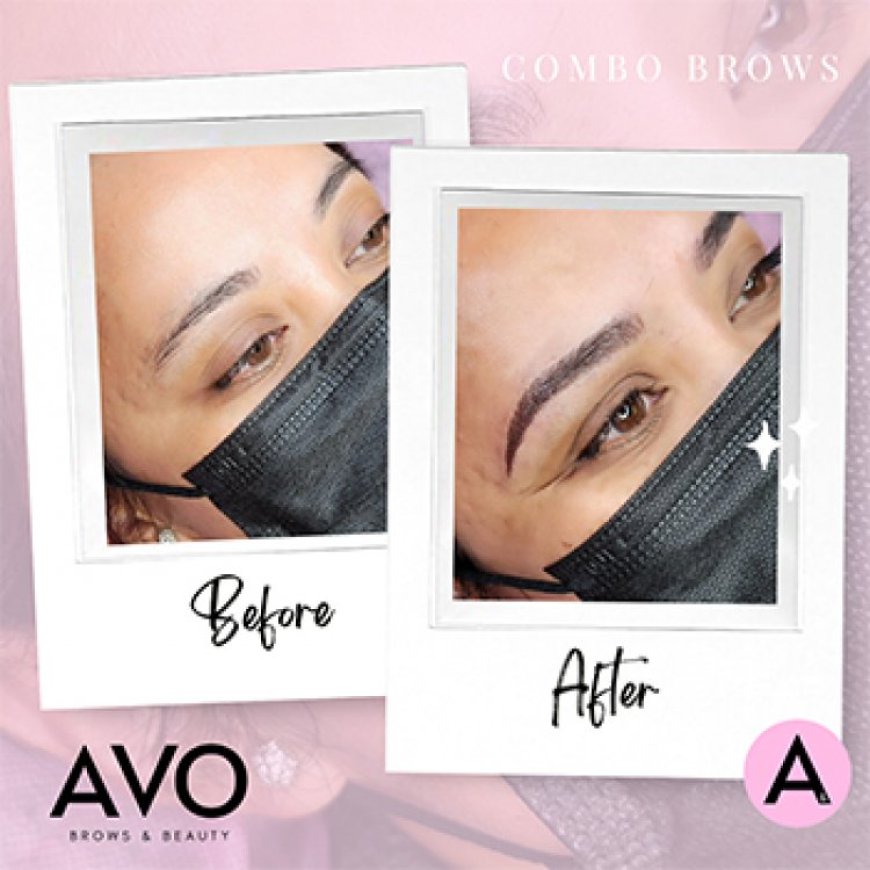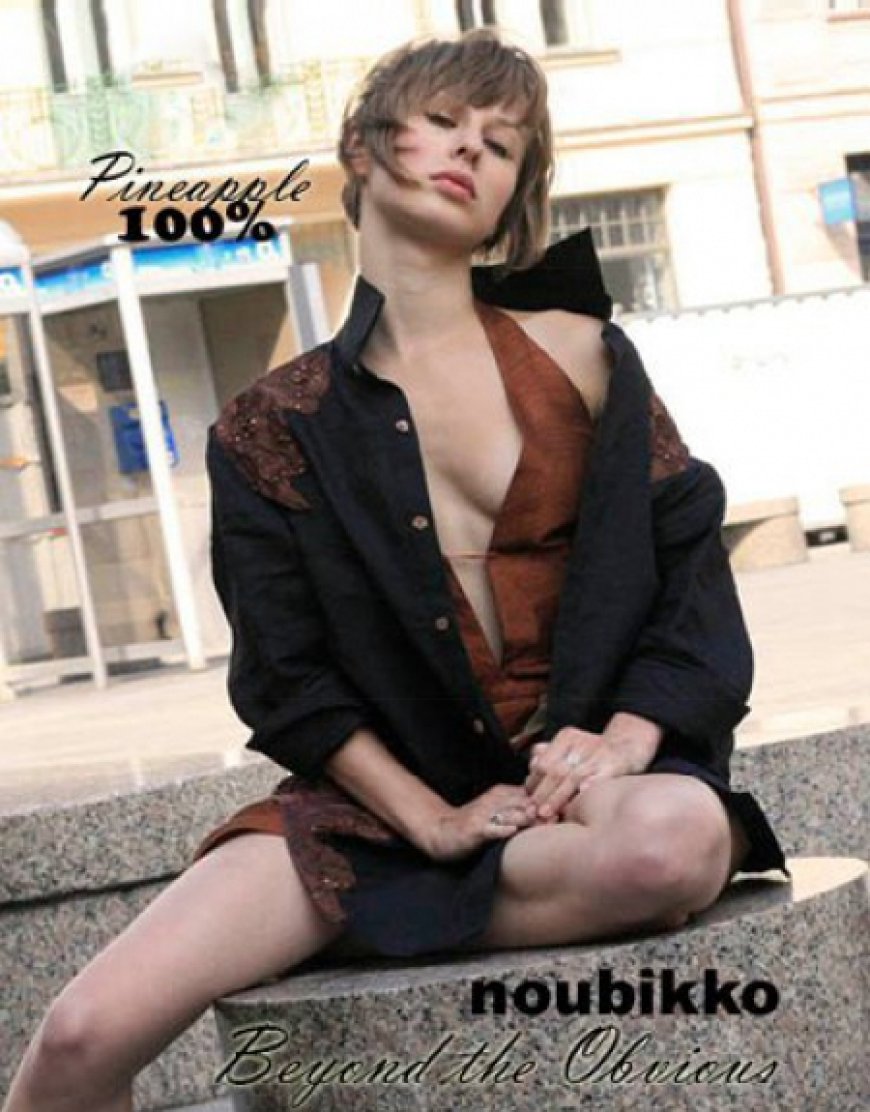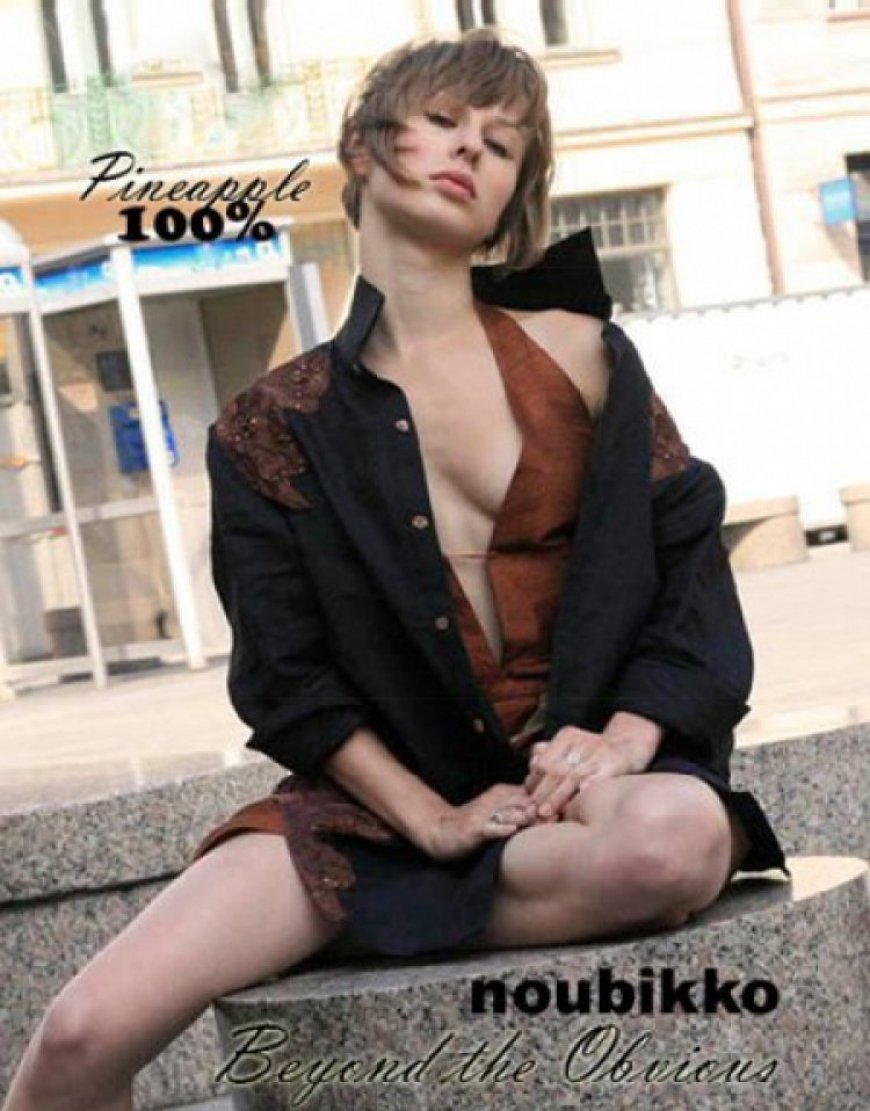Can San Diego’s Artists Step Out of Our City’s Shadow?


Let’s start by stating the obvious: The San Diego region has always, and will always, be home to amazing artists.
A dearth of great art isn’t what I’m talking about when I say this next obvious thing: San Diego’s arts scene sucks for (most) artists.
If you play in a Steely Dan cover band, paint serene pastel-colored beach scenes, or make fake plant walls that say stuff like “Life Is For The Living,” things might be pretty good. But that doesn’t necessarily build an arts scene. At least one that actually honors this city’s complexity.
There have been flashes of real beautiful stuff. The flurry of protest, music and art that foisted Chicano Park upon an unwilling city and even the wild post-hardcore scene of the late 1990s that challenged the city’s assumptions about itself. Some of the vibrancy of those movements remains in our city’s DNA but preserving some of those relics has been an uphill battle.
On the whole San Diego has long artistically punched below its weight. We’re the eighth biggest city in America, the largest cross-border community on the continent, but we have far from the eighth largest cultural footprint.
That’s not artists’ fault. This city has failed generations of them who were forced by necessity to flee to artistically greener pastures. San Diego just hasn’t made room for artists.
Like most big problems, there’s no one easy fix. There are a myriad of problems that interlock and overlap and over the next 20 years, they may only get worse.
I’ve tried to boil them down into a handy acronym. I believe San Diego has an “ASS” problem.
Here’s what I mean.
Affordability
Duh.
San Diego is an unreasonably expensive place to live. For artists, though, it can be downright inhospitable. The spaces, and the people, that really power organic arts scenes are constantly squeezed out by sky-high costs.
That tricky financial calculus also makes it difficult for artists to do the things that could bring them success. Think about a new band that wants to hit the road for the first time. Can they still pay their $2,000 rent knowing the living rooms and DIY spaces they’ll play may pay them enough for gas, but not a whole lot more?
A 2022 report on San Diego’s creative economy highlighted the grim financial realities. Many respondents said lack of affordable housing and workspaces is the primary driver of San Diego’s creative “brain drain.”
Alejandra Frank, an artist and curator who for years ran a hole-in-the-wall arts space in City Heights called Teros Gallery, was face to face with that reality. When she ran Teros, the economics of surviving just on selling artwork at her indie gallery just didn’t make sense. She had to work three jobs just to keep it afloat. Eventually, she had to give it up.
“I get nervous, because this city creates this type of burnout that can feel deeply isolating and makes people want to leave,” Frank said. “We can’t necessarily change San Diego, but I think we need to embrace it with the goal of just keeping it weird and keeping it creative and keeping our underground spaces.”
Affordable spaces are a big part of that and there are some organizations already working on providing them. San Diego’s Space 4 Art is a subsidized building reserved for artists, but they only have six live/work spaces. That means we’d need a whole lot more Space 4 Art’s across the city.
A bill passed in 2023 that requires new buildings near cultural districts include a certain number of affordable units set aside for artists may help around the edges, and Manhattan Plaza, a 1,689-unit subsidized complex in New York City set aside for people working in performance arts (and once home to Timmy Chalamet) is a pie-in-the-sky example of what’s possible. But that building was built nearly 50 years ago, and the deck seems stacked against the large-scale affordable developments of yesteryear.
But San Diego’s affordability crisis isn’t so different from other major cities like Los Angeles, which constantly hoovers up artistically inclined San Diegans. So, why can artists make it work there?
Support
It’s still not easy to be an artist in LA, but what the city does have is a pretty robust artistic infrastructure. It includes copious spaces for art like galleries and venues, large audiences interested in art (some of whom have been tractor beamed up from San Diego) and concentrations of media and industry professionals. San Diego has less of all of those things.
Los Angelenos also have money to spend on art. And a whole lot of it.
Some of this is just a big city thing, but it also says a lot about San Diego’s priorities. And while funding for public art has been increasing thanks to a decades-old “percent for art” initiative, it also took a big hit in the latest budget wrangling. The Trump administration’s cuts to federal arts funding also haven’t made things any easier.
Alessandra Moctezuma, artist, educator and vice-chair of San Diego’s Arts and Culture Commission, said the passage of the city’s first cultural plan was also a big step forward. It includes a slew of goals like creating more affordable creative spaces, expanding grant and fellowship programs and bringing more arts programming to public spaces.
The city doesn’t have the best track record with grand plans, but Moctezuma is optimistic that enough people have a stake that things will change.
“It’s a slow process, but I think you can see some things coming to fruition,” Moctezuma said.
But city involvement can’t be the only answer. After all, even when local artists have gotten cool opportunities, they haven’t always gone well.
In 2023, San Diego airport officials abruptly removed a video installation from multimedia artist Evan Apodaca. It came after Apodaca says he witnessed someone calling it “woke bullshit.” That complaint apparently made it all the way up to the airport’s top brass. The installation explores the military’s history and eventual omnipresence in San Diego, challenging its role in our city and in conflicts abroad. One expert flatly called the removal a case of censorship and “viewpoint discrimination.”
The whole thing raises an even bigger question. Does San Diego even want to embrace its artists?
Spirit
San Diego has always been a city living two lives, uneasy with both.
On the surface is the laid-back veneer around the world: California burritos, beaches, craft beer and pot.
But underneath is a much more nuanced picture: the complexity of a cross-border culture, systemic racism and redlining, the stifling omnipresence of the military industrial complex and, still, California burritos.
Which face our city’s boosters would prefer the world see is obvious. After all, one gets butts in plane seats. The other, not so much.
But developing a real appreciation for the arts would require San Diegans to look in the mirror and take in the warts and all. That’s a tall order for a city that’s long been populated by transplants drawn more by San Diego’s outward image than by what’s going on beneath it or the “woke bullshit,” locals dream up. And that’s to say nothing of our region’s powerful conservative undertow.
It’s also why the most intractable barrier to San Diego’s scene may be San Diegans themselves.
‘I’m Not Going to Go Without a Fight’
I’m far from the first, the smartest or the most plugged in person to opine (whine?) about all of this. And anyway, our modern city has more pressing crises in need of tackling than being bad for artists.
Local arts scenes all over the country are also facing a perhaps more daunting problem working against it: the future.
American society is more atomized than ever, as corporations work overtime to capture people’s attention in insular social media platforms and monetize it. That’s bad news for local scenes and the future of getting together in physical spaces and just vibing.
Oh yeah, there’s also the rise of AI, whose very existence amounts to a war on what it means to create art.
So, what does this all mean? Well, for starters, creating a local scene that works for artists is an uphill battle. And while some of the pressures are tangible and (maybe) solvable, others require us to do weird, uncomfortable stuff, like look inward. I’m crossing my fingers, but I’m not holding my breath.
There was also a surprising word that came up in nearly every conversation I had with people: “hope.”
For Frank, who’s now curating shows at North Park’s Mabel’s Gone Fishing, it’s that there are interesting new places opening up all the time and that, even given the lower profile, the cool stuff that is happening is seeping out of San Diego.
For Ramel Wallace, an artist and events organizer, it was seeing greater collaboration amongst artists. Attempts to create a countywide arts agency with representatives from each region’s city exemplifies that.
For Devora Maximova, a curator and arts booster, it was the sense that more and more artists are sticking around long term.
Amanda Bernal, co-founder of Burn All Books, a risograph press run out of a gift shop and gallery in Normal Heights, is one of those people. Her space hosts workshops and is focused on making art accessible.
“Some people will only leave it kicking and screaming. That’s my case,” she said. “I’m not going to give up without a fight.”
What it all highlights is the incredible resilience of San Diego artists. Even given the potentially insurmountable challenges, amazing art is still happening every day.
It’s happening in colorfully painted community centers tucked into otherwise quiet City Heights neighborhoods, in sweaty, DIY alleyway dives, in art and performance galleries a stone’s throw from the border and in thriving experimental spaces repurposing old grain silos.
That resilience is part of why Moctezuma is so optimistic, she told me.
“No matter how difficult the situation is, art is going to continue,” Moctezuma said. “It’s something that is kind of unstoppable. People wake up every morning and whether they’re going to get paid for it or not, they have this need to create and to communicate.”
So, if in 20 years, San Diego is just able to retain those pockets of beauty, it may be victory enough.
But it shouldn’t be. We deserve more.
The post Can San Diego’s Artists Step Out of Our City’s Shadow? appeared first on Voice of San Diego.










